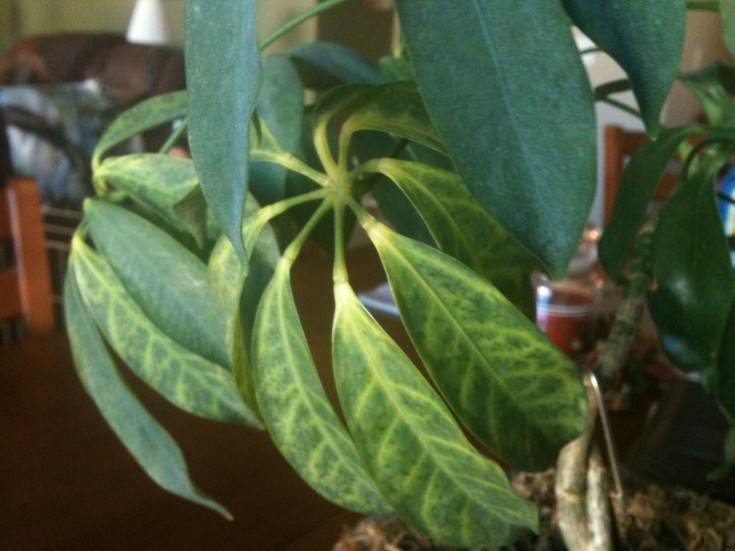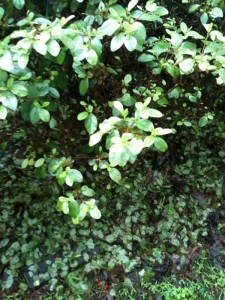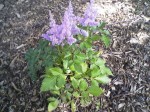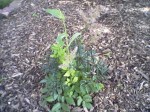Ask the Expert: Please help me identify the problem with this plant!
A dear friend of mine gave me a cutting off her HUGE and prolific plant about 1.5 years ago. Around the same time, I believe I brought some insects in with some bad potting soil. I have sprayed with Bayer Natria Insect, disease & mite control as well as another Bayer insect killer. After I treat, I usually find dead insects around the plant which look like fruit flies. The plant seems to put out new growth but looks wilted.
I forgot to tell you this plant usually lives on the windowsill facing south of our house which has blind-filtered light. I have moved it to other areas such as by a room with north and east facing windows with filtered light and a north window. The mother plant lives in a north-facing sliding glass door and is a prolific grower to say the LEAST! I have repotted twice in the 1.5 years. I water only when the surface soil seems dry.


 Find Your
Find Your 













